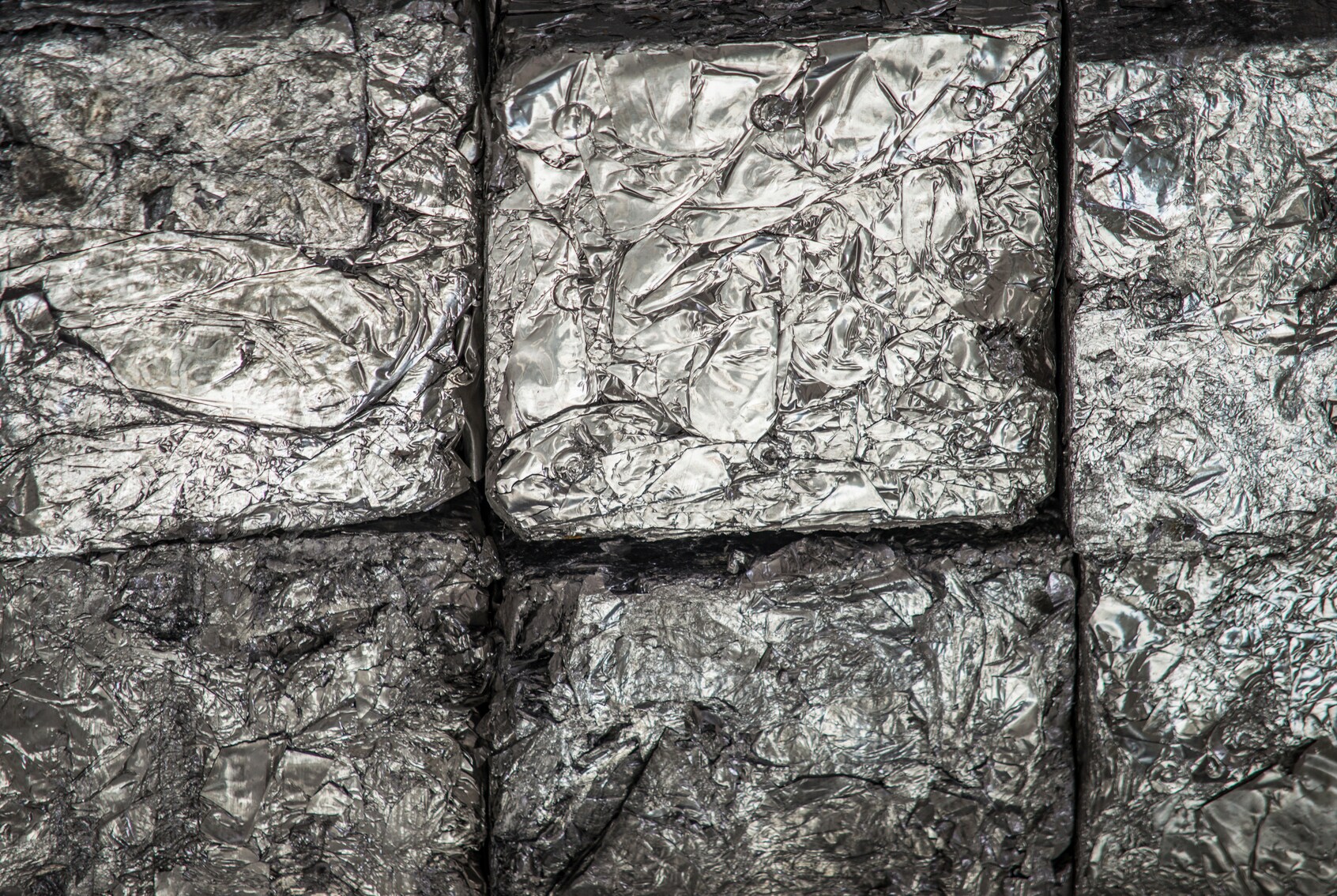Editor’s Note: In many non U.S. countries, the metal ‘aluminum’ is known as ‘aluminium. Since this article refers to an “Aluminium” publication, for consistency purposes, we will use the word aluminium throughout the article, unless it refers to a particular publication or organization.
 In a recently published industry article, our metals analysis expert, Jonathan Margalit, discussed how portable x-ray fluorescence impacts the secondary aluminium industry. Jonathan describes how the use of scrap over primary aluminium has become more prevalent as technology improves. He cites energy savings, compliance with environmental regulations, and meeting demand as some of the benefits. He also discusses the challenges facing secondary aluminium producers, including satisfying those growing demands, meeting efficiency standards, and ensuring the high quality of often-unknown materials in post-consumer scrap. You can read the full article here: Aluminium International Today, (page 32 of the magazine; page 34 of the pdf).
In a recently published industry article, our metals analysis expert, Jonathan Margalit, discussed how portable x-ray fluorescence impacts the secondary aluminium industry. Jonathan describes how the use of scrap over primary aluminium has become more prevalent as technology improves. He cites energy savings, compliance with environmental regulations, and meeting demand as some of the benefits. He also discusses the challenges facing secondary aluminium producers, including satisfying those growing demands, meeting efficiency standards, and ensuring the high quality of often-unknown materials in post-consumer scrap. You can read the full article here: Aluminium International Today, (page 32 of the magazine; page 34 of the pdf).
This is an especially important article to two industries: automotive and aerospace. Two years ago The Aluminum Association reported that nearly 90% of automotive aluminium scrap—more than a half-million tons a year—is recovered and recycled. And that number is growing. Aluminium is used in the automotive industry to reduce the weight of the vehicle and is typically alloyed with magnesium, manganese, and other elements to improve the components’ physical and chemical properties. The aerospace industry is also constantly looking for ways to lighten its metal load. But in order to meet these industry demands for both supply and quality, secondary aluminium producers need to have better identification of elements and alloys in the scrap.
Compared to the clean, neatly-packaged, and well-defined alumina raw material to which manufacturers are accustomed, post-consumer scrap is composed of a mixture of wrought and casting grades. There could be some elements in the alloyed materials that are being recycled that could change the melt or the properties of the finished products. Contaminants in that scrap are also a concern. Vehicles and appliances may contain mercury, a highly toxic element. Mercury switches and other components must be removed from end-of-life vehicles and other products prior to crushing or shredding. Mercury cannot be removed from the steel mill scrap feed after the recycled material has been crushed or shredded, which means that mercury-contaminated material needs to be removed at an early stage of the recycling process. (The U.S. EPA has issued guidance regarding the smelting of scrap cars that potentially have mercury-containing electronic switches.)
Since the exact chemical composition of scrap, including the existence of contaminants or hazardous elements, is unknown, scrap yards and manufacturers who supply or use aluminium in their products must take on the responsibility of knowing what’s in their incoming raw materials as well as their outgoing products. These are the reasons that portable x-ray fluorescence analyzers have become so important to the scrap and the aluminium industries. The metal composition can be verified at delivery, on the production line, or at finished product inspection points.
XRF technology can detect a wide range of elements, including aluminium and its alloying elements. XRF analyzers emit low radiation X-rays that are directed onto the sample. These X-rays interact with atoms in the sample and induce them to emit secondary, or fluorescence, X-rays. The energy and wavelengths of these secondary X-rays are characteristic and unique for each and every element on the periodic table and therefore serve as a ‘fingerprint’ for the element. The XRF analyzer reads the different ‘fingerprints’ in a sample and can then identify and quantify the elements of interest, as well as name the correct alloy grade. (If you want to know more about XRF technology, download this XRF ebook.)
Jonathan cited some examples in his article about how 6061 and 6063 are some of the most popular aluminium alloys used in a wide variety of applications. AZO Materials described the two aluminiums:
[Aluminium 6061] is a standard structural alloy that can be easily joined by welding or brazing and possesses good corrosion resistance. It can be used to produce parts with a fine finish. It is similar to aluminium 6082 but had improved formability, but is harder to extrude and has lower strength. It is typically used for coupling, hardware, hydraulic pistons etc.
Aluminium 6063 is a low to medium strength aluminium alloy, but can be used to create more complex shapes and sections. It exhibits good corrosion resistance and a high surface finish and can be anodised to produce different surface finishes. It is the most common alloy for stock shapes and is typically used in transport and architecture.
These two alloys have a price differential so there is great profit potential in segregating the alloys when processing several thousand pounds of mixed materials. And there could be quite a difference in integrity and properties of the materials. Thus, there is great concern for the quality of the planes and cars that could be produced using that aluminium.
So whether you call it aluminium or aluminum, just make sure you verify what elements your scrap contains.
Read the Aluminium International Today articleTransformative Technology, (page 32 of the magazine; page 34 of the pdf).






Really Nice Blog About Aluminium Industry